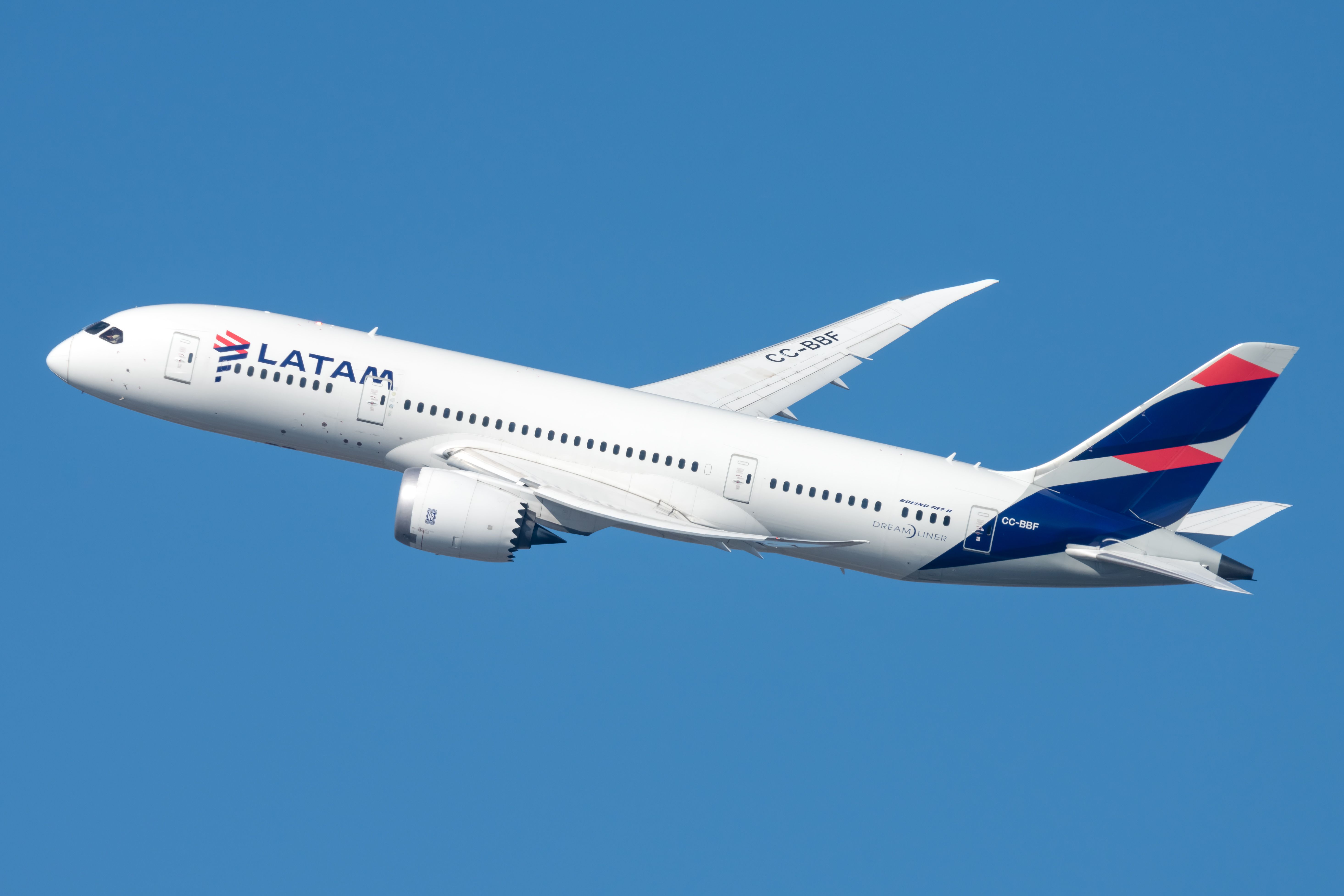Chapter 11 of the United States Bankruptcy Code, more commonly referred to as just Chapter 11, allows a business time to restructure its debts. Ultimately, the company is offered a fresh start following the submission of a reorganization plan compromised between the major stakeholders, including the debtor and creditors.
A saving grace
From General Motors to K-Kmart, some of the biggest names in US business history have filed for Chapter 11 bankruptcy, helping them to continue holding a strong presence in society today. Therefore, it’s not a surprise that airlines in the country have also opted to undergo the same process to help them with their finances following industry challenges.
Chapter 11 doesn't always end with a new lease of life. A prime example of this is when Pan American sought Chapter 11 protection in early 1991 before ceasing operations at the end of the same year.
Yet, over the years, the procedure has supported other legacy carriers such as American Airlines and United Airlines to carry on their dominance across the aviation spectrum. In recent years, Chapter 11 has helped the likes of Ravn Alaska bounce back and maintain essential services in the country.
Global opportunities
What is more compelling is the fact that many international carriers have been undergoing Chapter 11 bankruptcy proceedings despite not being based in the United States. Three names that stand out when it comes to recent international carrier bankruptcy filings are Aeromexico, Avianca, and LATAM. These operators are notably not headquartered in the US but were eligible and chose to go through Chapter 11 filings.
Altogether, a foreign operator only needs minimal ties to the US to be valid for the benefits of the country's bankruptcy code. In practice, even if an airline group has one property in the US, it can be chosen as the company’s main place of business or where its core assets are based.
With this trio of Latin American carriers operating at airports in the US while holding cash assets and property in the country, they are eligible for Chapter 11. Like other international airlines, all three also serve many other countries across the continents. Still, they chose the US to file undergo restructuring. A prime reason is that the US code defines estate property to involve assets wherever they are in the world. So, the US court has jurisdiction over the airline's assets worldwide, streamlining the approach.
Stay informed: Sign up for our daily and weekly aviation news digests.
Broader benefits
This factor has a domino effect on the advantages to be had with the proceedings. With such a global presence, an international carrier can smoothly restructure without having to deal with many of the potentially complex processes in the markets they serve.
A study conducted by law firm Davis Polk shares:
“Chapter 11 provides international airlines with access to capital markets and restructuring tools that are not offered collectively in other jurisdictions. A US bankruptcy proceeding provides international airlines with the most sophisticated and deepest financing alternatives, an automatic stay that is unparalleled in its reach, and a statutory framework that uniquely positions airlines to right-size their fleets and contractual obligations.”
It's not only Chapter 11 that has seen international operators make the most of the US bankruptcy law. For instance, in 2020, Virgin Atlantic filed for Chapter 15 protection amid its private recapitalization plan.
The aviation industry is a significantly sensitive market, subject to numerous external factors such as oil price and aircraft groundings. So, following the wave of flight restrictions introduced after the rise of the pandemic, Chapter 11 is a valuable process to offer a robust restructuring solution for airlines.
What are your thoughts about the Chapter 11 process? What do you make of the benefits of the procedure? Let us know what you think in the comment section.

.jpg)

